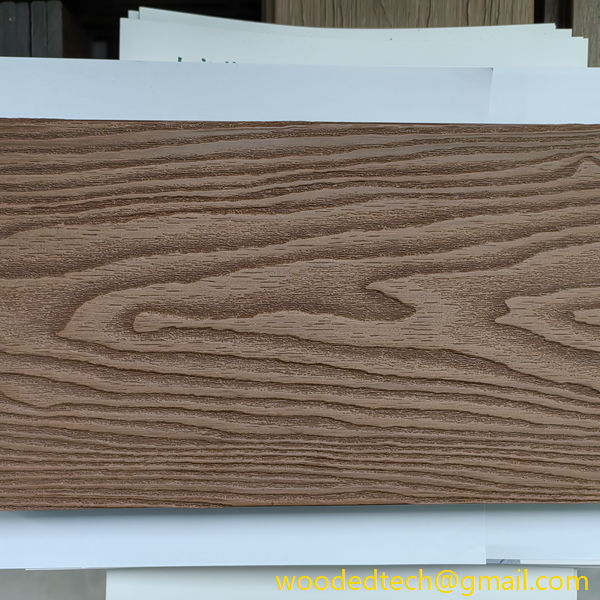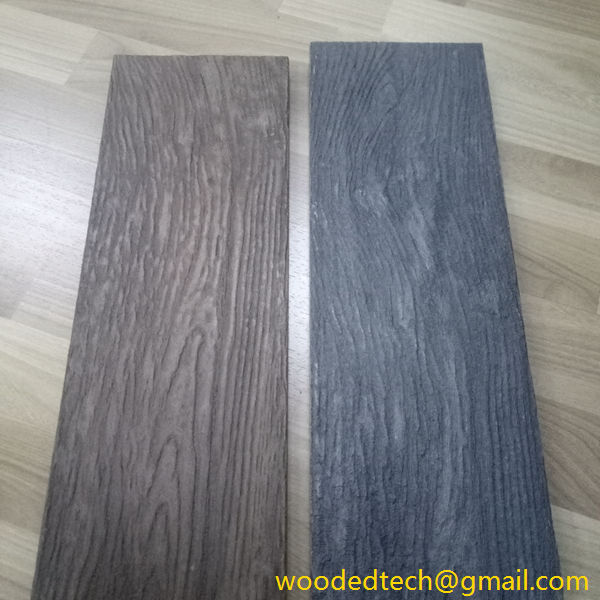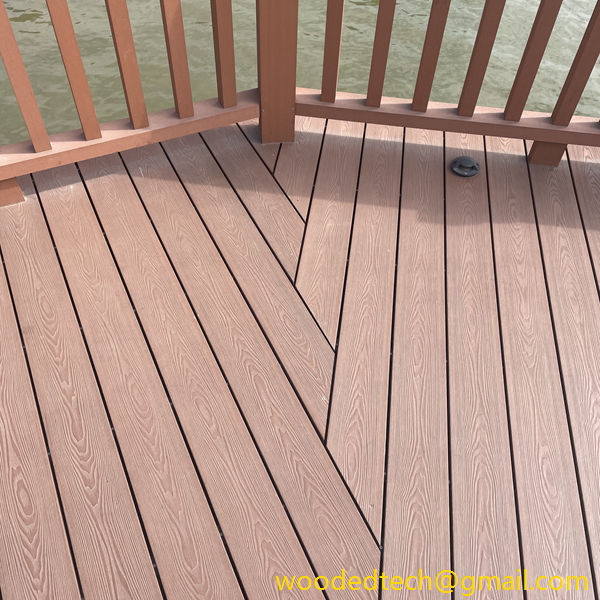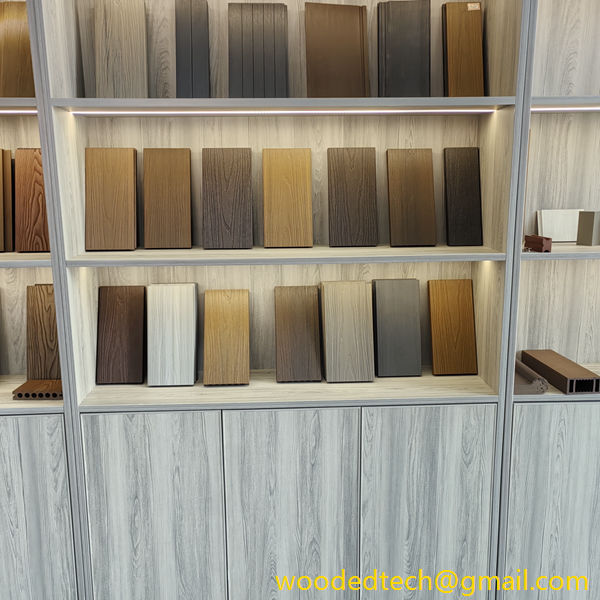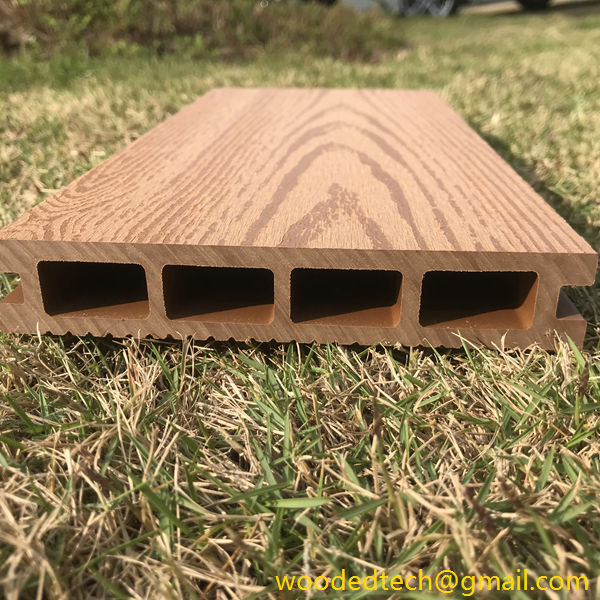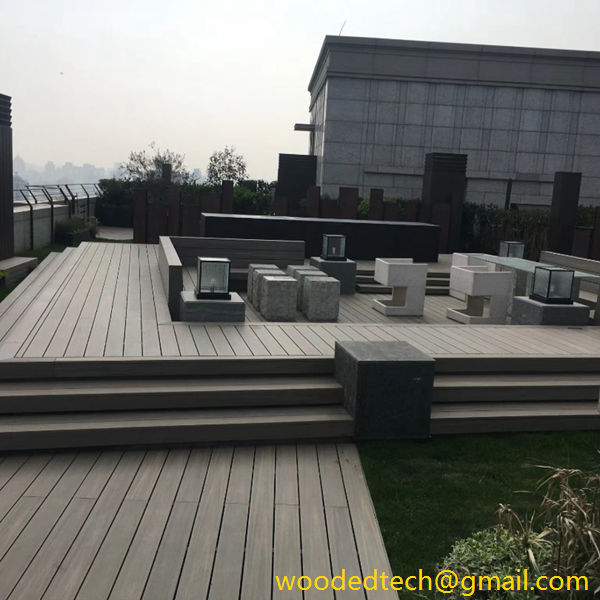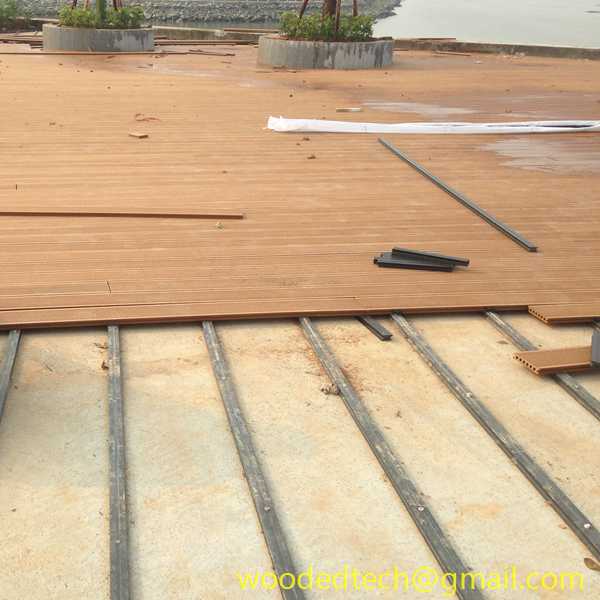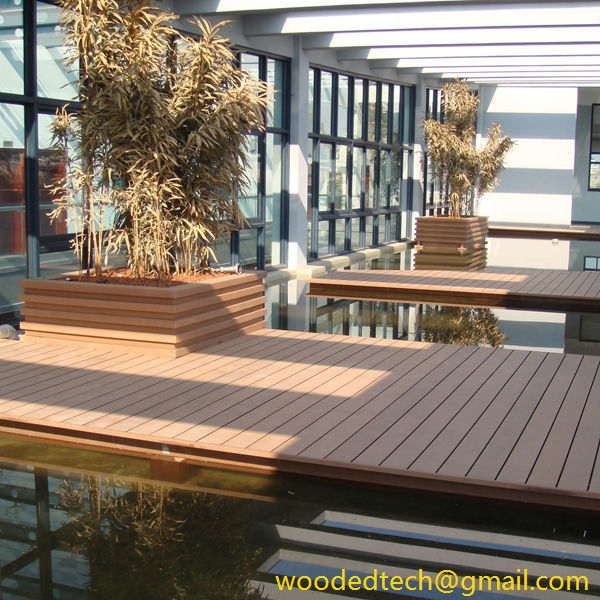Наслаждайтесь пространством с композитным настилом 12 футов для вашей открытой гостиной
Наслаждайтесь пространством с композитным настилом 12 футов для вашей открытой жилой зоны В последние годы открытое жилое пространство превратилось из простого продолжения дома в жизненно важную часть нашей среды обитания. Поскольку домовладельцы стремятся улучшить свои открытые пространства, спрос на прочные, эстетически привлекательные материалы резко возрос.....
Наслаждайтесь пространством с композитным настилом 12 футов для вашей открытой гостиной
In recent years, the outdoor living space has transitioned from being merely an extension of the home to a vital part of our living environment. As homeowners seek to enhance their outdoor spaces, the demand for durable, aesthetically pleasing materials has surged. One of the leading options that has emerged in this context is composite decking, particularly the 12-foot varieties, which offer a perfect balance of size, style, and functionality.
Composite decking is a man-made product created from a blend of wood fibers and recycled plastic. This unique combination offers several advantages over traditional wood decking, including increased durability, lower maintenance requirements, and resistance to the elements. As global production capacity for composite decking continues to expand, it is essential to understand how this product is increasingly becoming a favorite among homeowners and builders alike.
The rise in popularity of composite decking can be attributed to several factors. First and foremost, the aesthetic appeal of composite materials has been significantly enhanced over the years. With a range of colors and textures available, composite decking can mimic the look of natural wood without the associated drawbacks. This aesthetic versatility allows homeowners to choose a finish that aligns with their personal style and complements their outdoor living area.
Moreover, composite decking is known for its longevity. Unlike traditional wood, which can warp, splinter, or decay over time, composite materials are engineered to resist these issues. This durability means that homeowners can enjoy their outdoor spaces without the constant worry of maintenance or repairs. The reduced need for staining, sealing, or painting further adds to the appeal, making composite decking a cost-effective choice in the long run.
As global awareness of environmental issues grows, consumers are increasingly seeking products that reflect their values. Composite decking aligns well with this trend, as it is often made from recycled materials. Many manufacturers source plastic waste and wood byproducts to create their composite boards, significantly reducing the amount of waste that ends up in landfills. This eco-friendly aspect resonates with homeowners who are looking to make sustainable choices for their homes.
Additionally, the production of composite decking has a lower carbon footprint compared to traditional wood sourcing, especially when considering the deforestation and habitat destruction associated with logging. By choosing composite materials, homeowners can contribute to environmental sustainability while still achieving the outdoor aesthetic they desire.
The global production capacity for composite decking has seen a notable increase in recent years. Leading manufacturers have expanded their facilities and streamlined operations to meet the rising demand. This growth is not uniform across the globe; rather, it reflects the varying trends in outdoor living spaces across different regions.
In North America, for example, the popularity of composite decking has surged alongside an increase in home renovations and outdoor living projects. Major manufacturers are strategically located to serve this growing market, with production facilities in the United States and Canada. These facilities benefit from proximity to raw materials and a robust distribution network, allowing for efficient delivery to retailers and contractors.
Conversely, in Europe and Asia, the market for composite decking is still developing. While awareness of composite materials is growing, traditional wood decking remains prevalent in many countries. However, manufacturers are increasingly targeting these markets with educational campaigns that highlight the advantages of composite decking. As the understanding of the benefits of these materials spreads, it is expected that demand will rise, prompting further investment in production capacity in these regions.
The composite decking industry is also witnessing a wave of innovation aimed at improving product performance and aesthetics. Advanced manufacturing techniques have led to the development of more durable and weather-resistant materials. Some companies are now offering products that incorporate anti-slip surfaces, enhanced fade resistance, and improved color stability.
Moreover, the design of composite decking has evolved to include features such as hidden fasteners and grooved edges, which provide a cleaner, more seamless appearance. These innovations cater to the modern homeowner’s desire for both functionality and style, further boosting the appeal of composite decking.
As we enjoy our outdoor spaces, the choice of materials plays a crucial role in our overall experience. Composite decking, particularly the 12-foot options, offers an excellent combination of beauty, durability, and environmental sustainability. With the global production capacity expanding to meet the increasing demand, homeowners are better positioned than ever to enhance their outdoor living areas.
Whether it’s for hosting summer barbecues, enjoying quiet evenings under the stars, or simply creating a welcoming space for family and friends, composite decking provides a versatile solution that aligns with modern lifestyles. With continued innovations and a growing commitment to sustainability, composite decking is set to remain a popular choice for outdoor spaces around the world.

